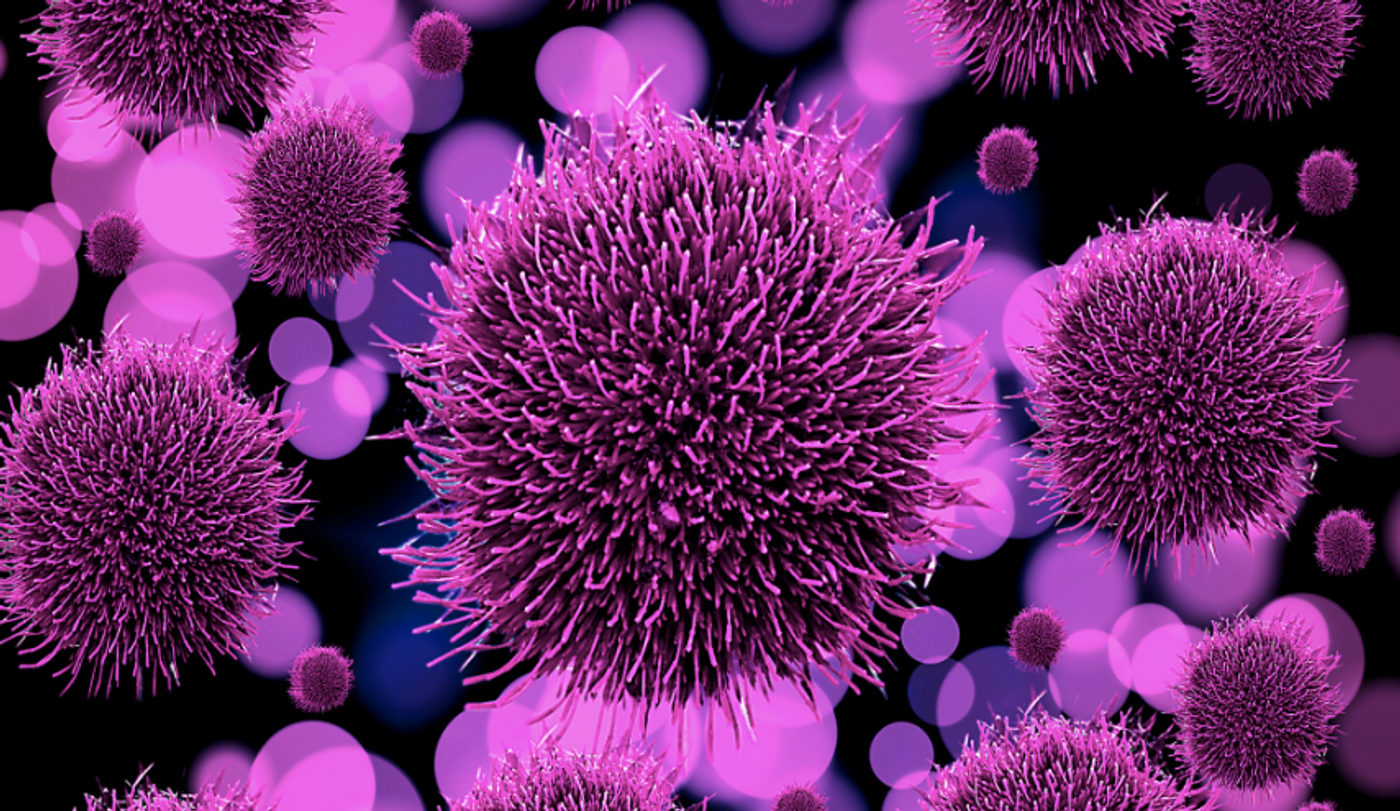Microbes with an Expanded Genetic Code can Generate new Proteins with Special Properties
Our genetic code is made up of four nucleotide bases, but in recent years, scientists have created microbes that incorporate totally new bases. That has opened up new avenues in synthetic biology and protein engineering. Investigators at the Scripps Research Institute have now engineered a microorganism with a genetic code that was artificially expanded. When these bacteria were exposed to temperatures that would normally prevent them from growing, some of the microbes were able to generate newly evolved proteins that could resist the effects of the heat, remaining stable at temperatures that would typically inactivate them. This work has been reported in the Journal of the American Chemical Society (JACS).
In a DNA sequence, sets of three nucleotide bases encode for an amino acid, which forms a protein when they're strung together. There are twenty amino acids in nature. The senior author of the report, Peter Schultz, Ph.D., president and CEO of Scripps Research, pioneered a technique to use cellular machinery to incorporate novel amino acids, called non-canonical amino acids (ncAAs), into proteins. Those new proteins could potentially have characteristics that are entirely different from those generated by the usual amino acids.
The genetic code has been expanded to design proteins with unique properties that could be used, for example, as precision drugs or laboratory tools. In this work, the scientists wanted to know whether such genetic expansion and additional amino acids might confer an evolutionary advantage; are 21 amino acids better than 20 in an evolutionary context?
"Ever since we first expanded the range of amino acids that can be incorporated in proteins, much work has gone into using these systems to engineer molecules with new or enhanced properties," said Schultz. "Here, we've shown that combining an expanded genetic code with a laboratory evolution one can create proteins with enhanced properties that may not be readily achievable with nature's more limited set."
The researchers used a common microbe called E. coli and altered it so it would generate a protein called homoserine O-succinyltransferase (metA) from a set of 21 amino acids instead of the natural 20. The protein will become inactive at certain temperatures, killing the microbe. In this study, metA mutants were created that could swap out almost any of its amino acids with an unnatural one - an ncAA.
The E. coli was then heated to 44 degrees Celsius, at which point normal metA will inactivate. But some mutant bacteria were able to survive the heat, while bacteria that had made normal metA all died. The researchers had exerted pressure on the bacterial population and were eventually able to create bacteria that could live through temperatures that were 21 degrees above normal.
Related: Semi-synthetic Bacterial Cell now Makes Unnatural Proteins
The team found the change in the genetic sequence that resulted in mutant metA. The special properties of one of the ncAAs had enabled the protein to remain stable.
"It's striking how making such a small mutation with a new amino acid not present in nature leads to such a significant improvement in the physical properties of the protein," said Schultz.
"This experiment raises the question of whether a 20 amino acid code is the optimal genetic code; if we discover life forms with expanded codes will they have an evolutionary advantage, and what would we be like if God had worked on the seventh day and added a few more amino acids to the code?"
Learn more about how scientists made a microbe with new nucelotide bases from the video.
Sources: AAAS/Eurekalert! Via Scripps Research Institute, JACS









